Solutions
Horse Construction offers full range of structural strengthening materials with technical supports, documentation supports, products supports, project supports.
How does the bonding steel reinforcement achieve the reinforcement effect?
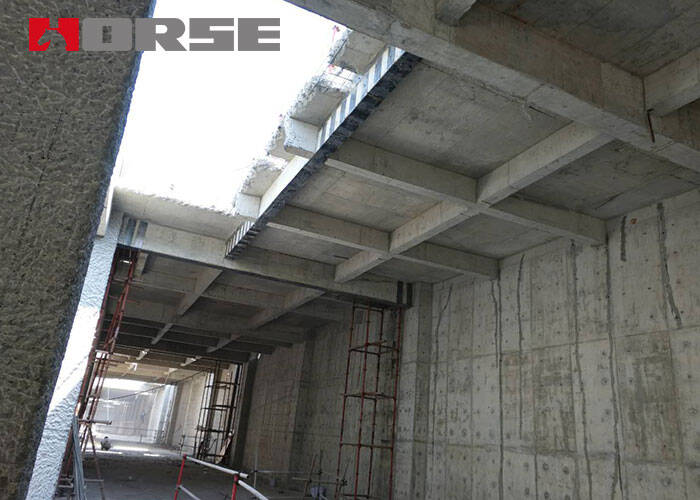
Reinforced concrete structures have been widely used, but due to problems such as changes in the use of loads, in order to ensure the safety of the structure, reinforcement treatment is required. As a reinforcement method with simple construction process, obvious reinforcement effect and short construction period, the sticking steel method has been widely used in practical engineering applications. Next, we further discuss how to improve the bearing capacity of concrete beams by the sticking steel method and what are the precautions for using the sticking steel method.
Reinforced concrete beams are flexural members composed of two materials with very different mechanical properties: steel and concrete. Concrete has good compressive properties but poor tensile properties. According to experiments, the tensile strength of concrete is only 10% of its compressive strength. However, the tensile strength and compressive strength of steel bars are relatively good.
For reinforced concrete beams, they are generally flexural members. Under load, the upper part of the entire beam is the tension area, and the lower part is the tension area. Because the tensile strength of concrete is very low, the plain concrete beam will crack in the tension zone and cause damage under a small load. Due to the good tensile performance of the steel bars, this problem can be solved well if an appropriate amount of steel bars are arranged at the lower edge of the tension zone of the beam, so that the compressive performance of the concrete beam can be fully utilized. Furthermore, for cast concrete beams, if the bending resistance is insufficient, the section reinforcement ratio can be increased to allow more concrete to participate in the compression. So as to improve the bending resistance of the beam and achieve the purpose of strengthening.
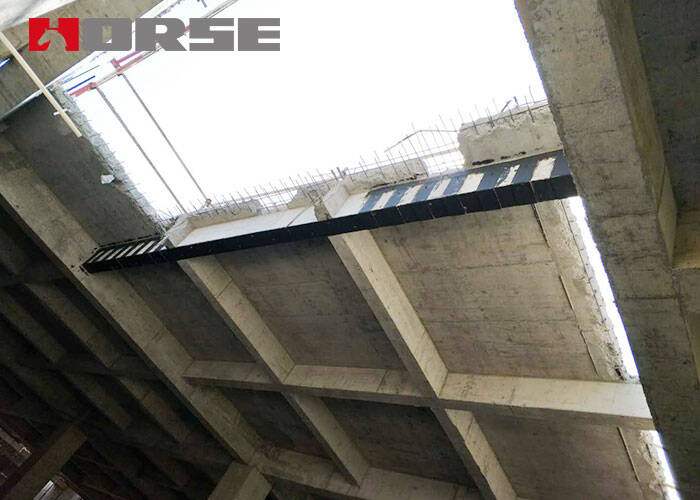
Compared with other reinforcement methods, the use of sticking steel method to strengthen concrete beams has the following advantages:
1. Compared with the increasing section reinforcement method, the sticking steel method basically does not increase the load of the components and the structure, and does not change the structural system and force form of the original structure design;
2. Bonded steel reinforcement not only supplements the lack of steel bars of the original components, but also effectively improves the bearing capacity of the original components. Moreover, the large-area steel plate is pasted, which effectively protects the original concrete components, restricts the development of cracks, and improves the rigidity and crack resistance of the original components;
3. Use structural adhesive to bond the steel plate and concrete components into a whole, and transfer the upper load to the steel plate through the structural adhesive. The steel plate and the original components share the load, which reduces the construction period and basically does not affect normal life and production. .
4. The steel bonding technology has good economic benefits. Compared with the traditional reinforced concrete reinforcement method, it can generally save 10%-20% of the cost.
However, in addition to these advantages, the steel-bonded reinforcement will have a greater stress concentration at the end of the steel plate, so it is necessary to use anchor bolts to strengthen the end of the steel plate. The anchor bolt can partially offset the slippage between the steel plate and the bottom of the beam, thereby improving the ductility and overall working performance of the beam.
You can find anything here you are in need of, have a trust trying on these products, you will find the big difference after that.
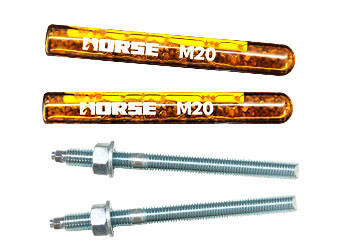
High-strength anchor bolt with vinyl resin as main materials, composed of selected quartz sands, curing agents and glass tubes
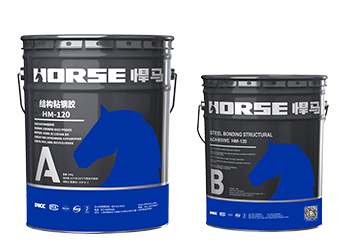
Two-component epoxy modified epoxy structural strengthening adhesive for bonded steel plate to concrete
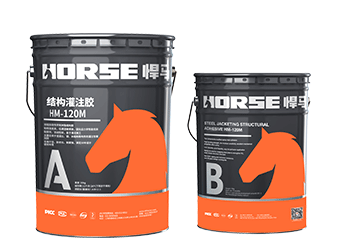
Modified epoxy resin structural perfusion adhesive, specifically for supporting adhesive bonded steel reinforcement